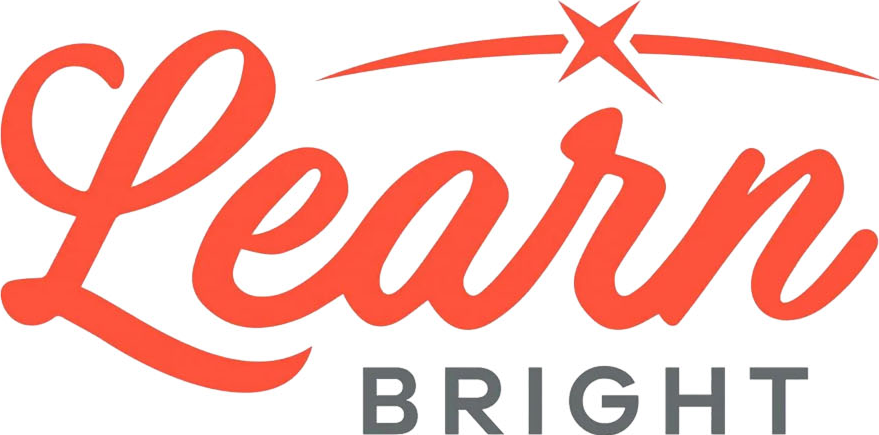As an ELA and Literacy teacher, I discovered that teaching history is enjoyable and highly beneficial. A refreshing change from the usual grammar exercises exists. History offers a wealth of engaging historical events, primary source material, and biographical content. This rich historical content is a goldmine for creating dynamic ELA and literacy lessons that cater to the diverse interests of our students.
Today, we’re fortunate to have many interactive materials at our fingertips, making teaching history a breeze. A simple internet search on any historical subject reveals a wealth of visual interactive materials that can be seamlessly integrated into a lesson. From games and simulations to offbeat interactive activities, the options are endless. With such a wealth of resources, the question becomes, how can we create an interactive lesson that not only imparts historical knowledge but also hones critical ELA and literacy skills?
Incorporate ELA and Literacy
I taught ELA and literacy in a Technology Lab under a grant for several years. The goal was to integrate basic computer skills with literacy. The program targeted Pre-K to 5th-grade students. Around 750 students visited the lab for a one-hour class per week.
Concurrently with that assignment, I was the school’s Social Studies coordinator. I saw an opportunity to use a multi-curriculum approach to support Social Studies and the ELA/literacy teachers.
The challenge was to develop meaningful curriculum-based lessons for students of multiple ages and computer skills. A vast difference exists between a Pre-K and a 5th-grade student in basic skills such as typing, using a mouse, and navigating a computer! Here is what I learned from the experience. I hope it will be helpful as you design lessons that incorporate interactive history.
Be Specific

There is an overwhelming amount of information out there. The first step is to narrow the topic to one primary and one secondary objective. For instance, searching for interactive material on the American Revolution will yield thousands of sources if your topic is the Revolutionary War.
Choose one subject, such as Paul Revere’s ride, as your primary objective. Then, select a secondary objective. What is the evidence Paul Revere made that famous historical ride?
Searching for a primary source document written by Paul Revere from the Paul Revere House allows students to read what happened that night in his words. From there, scale your lesson to fit the grade.
Be Concise

You may be too young to recall when teachers showed videos in class or the first time you watched the learning channel on cable television. There is one mistake teachers made before video, cable, computers, and the internet became common in schools.
Teachers still make the same mistake today. Teachers find an interactive source and assume the lesson is the interactive source. It’s not!
The interactive source complements the lesson. It’s the dessert, not the main course of the meal. Research demonstrates students learn more when multiple teaching strategies are employed. Turning students loose on the internet to watch a video or play a game simulation for an entire class period is not effective.
We all remember the day the teacher showed a video. I wonder if we recall why or the lesson that went with it.
An interactive lesson follows direct instruction of about ten or fifteen minutes. The interactive portion should last at most fifteen minutes. Then, it is followed by direct instruction.
Seventy-five percent of the class should be direct instruction, with a concluding activity that students must complete—preferably a computer-based writing assignment.
Be Vigilant

A cautionary tale – I observed a fourth-grade teacher while she was teaching a lesson on the Revolutionary War. The teacher had chosen the battle, The Battle for Bunker Hill (actually Breed’s Hill!), as the primary teaching objective.
The second objective asked what advantages the Americans had over the British soldiers at Bunker Hill. The interactive portion of the lesson started with the students reading a one-page article. Afterward, the teacher checked their comprehension by asking questions about the article. So far, so good.
The interactive portion of the lesson involved the students watching a video on their computers of a re-enactment of the battle from a credible producer of historical sources. The teacher had done some due diligence and watched the first five minutes of the video. It was five minutes and thirty seconds, and the lesson went awry.
Someone had inserted triple X-rated and highly offensive material at that mark into the video. The teacher panicked and wasn’t able to hit the kill switch on the computers quickly enough before twenty-five children were exposed to inappropriate and vulgar material.
The lesson is obvious: Do your due diligence and screen 100% of the content you plan to use. Don’t rely just on your school’s filter or your own. Better yet, if it is a video, download it, copy it, insert it in your presentation, and place it on a secure server to show it.
Did you know many computer viruses are inserted in interactive games, and children’s games are particularly vulnerable? If you use a simulation or an interactive game, only assign it if you can verify the source and shut it down.
Interactive History Lessons are Important
Incorporating technology and creating interactive history lessons is an effective instructional method for teaching multiple skills. It is time efficient, and students enjoy various classroom learning activities. More importantly, the modern student and classroom rely heavily on technology.
Exposing students to technology in a safe, controlled environment is critical to students becoming self-sufficient and independent users of technology outside of the confines of a classroom.







